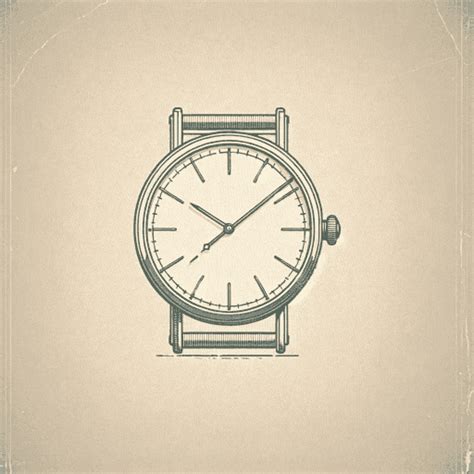The immediate aftermath of a car crash can be a chaotic and disorienting experience, filled with uncertainty and potential dangers. In the midst of such a situation, prioritizing safety is paramount to prevent further injuries or even fatalities. Whether you are the driver, a passenger, or a passerby who has witnessed the accident, knowing the correct steps to take can significantly impact the outcome. Here are over 10 safety tips to guide you through the critical period following a car crash, aimed at maximizing safety and minimizing harm.
1. Ensure Your Safety First
Before taking any other action, assess your immediate surroundings for safety. If you are in a hazardous location, such as the middle of a busy highway, and it’s safe to do so, move to the side of the road or a nearby safe area. This simple step can prevent further accidents. Always prioritize your safety above all else.
2. Check for Injuries
After ensuring you are in a safe location, check yourself and anyone involved in the accident for injuries. This can include passengers in your vehicle and the other parties involved. If anyone is injured, call emergency services immediately. Provide as much detail as possible about the location and the nature of the injuries.
3. Call Emergency Services
Even if the accident seems minor, it’s crucial to call the police and report the incident. A police report can be indispensable for insurance purposes and in case of potential legal action. Additionally, if there are injuries, emergency services should be contacted right away.
4. Do Not Move Injured People
Unless they are in immediate danger, do not move injured individuals. Moving someone with a neck or back injury can exacerbate the condition. Wait for professional medical help to arrive. If the person is unconscious, not breathing, or not responsive, follow any instructions provided by the emergency operator for first aid.
5. Exchange Information
If it’s safe to do so, exchange information with the other parties involved. This should include names, phone numbers, insurance details, and vehicle registration numbers. Documenting the license plate numbers of all vehicles involved can also be helpful. Be cautious and polite during this exchange.
6. Document the Scene
Use your phone to take photos of the accident scene, including damage to all vehicles and any visible injuries. Also, note the location, time of day, weather conditions, and any other relevant details. This documentation can be valuable for insurance claims and legal proceedings.
7. Notify Your Insurance Provider
As soon as possible, notify your insurance company about the accident. They will guide you through the next steps, including filing a claim. Be prepared to provide all the information you’ve gathered.
8. Seek Medical Attention
Even if you feel fine immediately after the accident, it’s essential to seek medical attention. Some injuries, such as whiplash or internal injuries, may not be immediately apparent. A medical professional can assess your condition and provide necessary treatment.
9. Preserve Evidence
In addition to the photos you’ve taken, preserve any physical evidence related to the accident, such as damaged vehicle parts or debris. Do not dispose of anything until you are advised it is okay to do so by your insurance company or legal advisor.
10. Stay Calm and Cooperative
In the aftermath of an accident, it’s easy to become upset or anxious. However, it’s crucial to remain calm and cooperative with all parties involved, including other drivers, passengers, and law enforcement. Avoid admitting fault at the scene, as this can have legal implications. Instead, stick to the facts and let the investigation determine responsibility.
11. Gather Witness Information
If there were any witnesses to the accident, try to gather their contact information. Witness statements can be invaluable in reconstructing the events leading up to the crash and can support your version of what happened.
12. Keep a Record
Keep a detailed record of all events following the accident, including conversations with insurance companies, medical treatments, and any correspondence related to the incident. This record can serve as a valuable reference point in the days and weeks that follow.
FAQ Section

What Should I Do Immediately After a Car Crash?
+Immediately after a car crash, ensure your safety and the safety of others involved. Move to a safe location if necessary, check for injuries, and call emergency services if anyone is hurt or if the accident is severe.
Why Is It Important to Document the Accident Scene?
+Documenting the accident scene with photos and notes is crucial for insurance claims and potential legal proceedings. It provides a clear visual and factual record of what happened, which can be indispensable in determining fault and processing claims.
How Soon Should I Contact My Insurance Provider?
+You should contact your insurance provider as soon as possible after the accident. They will guide you through the process of filing a claim and provide advice on the next steps to take.
Why Should I Seek Medical Attention Even if I Feel Fine?
+Some injuries from car accidents may not be immediately apparent, such as whiplash or internal injuries. Seeking medical attention ensures that any hidden injuries are identified and treated promptly, which can prevent long-term health issues.
In the aftermath of a car crash, prioritizing safety, documenting the scene, and seeking necessary medical and legal advice are crucial steps. These actions not only ensure your immediate well-being but also lay the groundwork for navigating the potentially complex landscape of insurance claims and legal proceedings that may follow. By staying informed and proactive, you can protect your rights and interests, facilitating a smoother recovery process.



